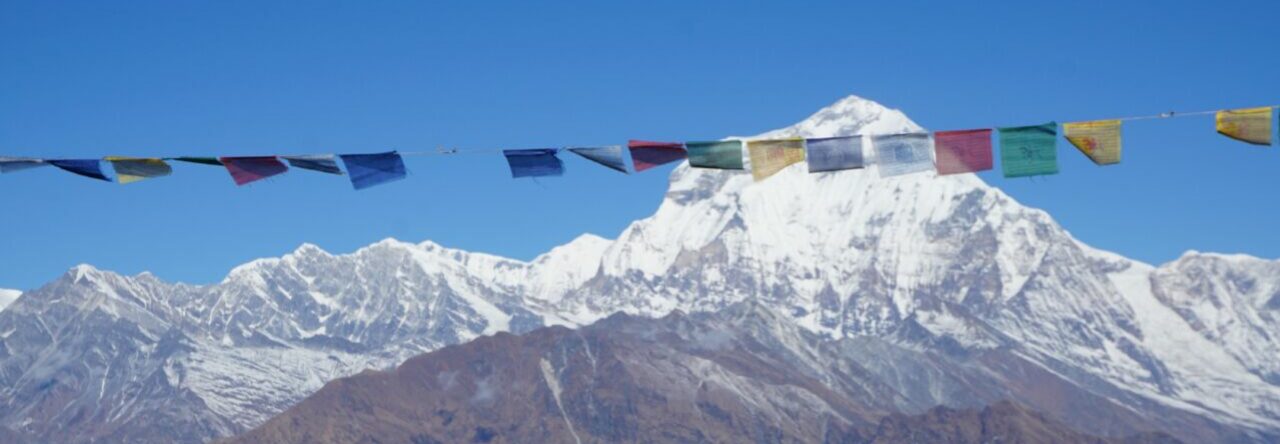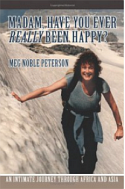Part 3, Sintra and Lisbon.
 The minute we arrived in Lisbon, we grabbed an Uber for Sintra. Oh, Home Sweet Home! Martha had gotten a charming Airbnb in the middle of town with a magnificent view of the water, but it was incredibly difficult to find our way to the doorstep. The driver was using google maps, which failed to advise her about the one-way streets. She dropped us off at the bottom of a hill, and we finally located our destination. With the help of Louisa, the owner of the house, who helped drag our bags up the steep cobbled incline, we arrived at her spacious house located in a small courtyard. Wow! Yet another adventure.
The minute we arrived in Lisbon, we grabbed an Uber for Sintra. Oh, Home Sweet Home! Martha had gotten a charming Airbnb in the middle of town with a magnificent view of the water, but it was incredibly difficult to find our way to the doorstep. The driver was using google maps, which failed to advise her about the one-way streets. She dropped us off at the bottom of a hill, and we finally located our destination. With the help of Louisa, the owner of the house, who helped drag our bags up the steep cobbled incline, we arrived at her spacious house located in a small courtyard. Wow! Yet another adventure.
(Click on photo to open slideshow)
 We had one more steep climb to the main road, and came out around the corner from the Lawrence Hotel, only to find that Carlos was off today. Drat! But, fortunately, we had one more full day. So, down the street we went to our favorite tile gallery, Olaria de Sao Pedro, and found some wonderful tiles and tiny boxes for gifts. Also discovered another shop that sold different kinds of tiles left over after demolishing very old buildings. The work was unique.
We had one more steep climb to the main road, and came out around the corner from the Lawrence Hotel, only to find that Carlos was off today. Drat! But, fortunately, we had one more full day. So, down the street we went to our favorite tile gallery, Olaria de Sao Pedro, and found some wonderful tiles and tiny boxes for gifts. Also discovered another shop that sold different kinds of tiles left over after demolishing very old buildings. The work was unique.
For the rest of the day and the next, we caught up on the places we had missed on our first trip to Sintra.
 Early the next morning, day 12, we grabbed a tuk-tuk and started up the hill to the medieval Moorish Castle, Castelo dos Mouros. The ruins stand high above Sintra, and during the Moorish era (8-12th century), this once mighty castle defended the entire region.
Early the next morning, day 12, we grabbed a tuk-tuk and started up the hill to the medieval Moorish Castle, Castelo dos Mouros. The ruins stand high above Sintra, and during the Moorish era (8-12th century), this once mighty castle defended the entire region.
Our driver, Delicio, an interesting and well-spoken young man, insisted on stopping at historical and unusual places along the way, even ‘though we only asked him to take us to the castle. “Oh, no, this place is in my blood,” he said.
 And what a tour we got! Along with some regional gossip. We gaped at a huge 1880 mansion, the Biester House, which Madonna had wanted to buy, but soon realized it wouldn’t be private enough. The house went up for sale for around $900 million, but soon settled into being a favorite tourist attraction after Johnny Depp made the movie, Ninth Gate, on its premises, directed by Roman Polanski.
And what a tour we got! Along with some regional gossip. We gaped at a huge 1880 mansion, the Biester House, which Madonna had wanted to buy, but soon realized it wouldn’t be private enough. The house went up for sale for around $900 million, but soon settled into being a favorite tourist attraction after Johnny Depp made the movie, Ninth Gate, on its premises, directed by Roman Polanski.
After saying goodbye to Delicio, we entered into a vast expanse of green. Looking out over the trees, we could see the stately castle on the hill.
A winding path afforded numerous views as we approached the formidable fortress. Walkways soon led to massive stone steps (no railings!) as we made our way upward to the top level, a large square open space with fortified walls. In the distance were several other smaller sections of the fortress with picturesque stairways leading to the top. Photos will describe this outstanding site far better than I.
(Click on photo to open slideshow)
While roaming around and checking the view from the top, we met two charming Palestinian ladies, a mother and a daughter. The daughter, a scientist, lives and works in Geneva, Switzerland, doing environmental and ecological experiments. The mother is still in Palestine.
We left the castle gates and started walking up another steep hill toward the famous Quinta da Regaleira Gardens, attached to the eccentric and extravagant neo-Gothic mansion, Pena Palace, described in my first Portugal blog. These were the famous gardens we’d missed on our last trip to Sintra. Martha insisted that it was close, but after about ten more minutes of walking I was doubting it. Suddenly a tuk-tuk with several people in it stopped and the driver yelled, ”Hey, how are you?” He was the jolly fellow who had taken us up to the castle a week ago, when we bounced all the way as the wind nearly blew our hair off. Evidently, we were all too recognizable! He laughed and said, “Get in, I’m going to the gardens. It’s too far to walk. Boy, was I glad to see him and we hopped right in. How about that for a Good Samaritan?
It was clear when we first entered the gates that this was no traditional garden. There were hidden caves, secret passageways, spiral staircases leading down wells, and a host of mystic symbolism. We didn’t see the caves, because the line for tickets was too long. But we could discern some of the underground features from a distance. The garden was so intense, however, that we could barely absorb what was right in front of us!
We made sure to have our final meal in Sintra inside the Lawrence Hotel. They couldn’t use the outdoor patio because two clients had come down with Covid and were quarantined in the room above. It was great to chat with Carlos, again, and he made our meal very special with several exquisite dishes and his incomparable sangria.
The next day, day 13, we hailed another cab and, by noon, were back at our original hotel, the Dom Sancho, in a much better room.  The rest of the day was spent roaming around Lisbon, or waiting in the main square near the railroad station for the results of my Covid test. Martha didn’t need one to go to Spain, where she was headed. As usual, we met a lot of interesting people with myriad tales of their stress over these tests. So, you can imagine how jubilant I felt to have tested negative and not be faced with a quarantine!
The rest of the day was spent roaming around Lisbon, or waiting in the main square near the railroad station for the results of my Covid test. Martha didn’t need one to go to Spain, where she was headed. As usual, we met a lot of interesting people with myriad tales of their stress over these tests. So, you can imagine how jubilant I felt to have tested negative and not be faced with a quarantine!
We were lucky to locate a charming Vietnamese restaurant for dinner. Then it was off for an early evening. NO SANGRIA. Have to wean ourselves and get ready to face the future sans Portuguese wine!
It’s obvious that we fell in love with Lisbon, but that was also true of Sintra, Porto, and Nazare. There are many other places and areas of Portugal we wanted to visit, like the Algarve, it’s caves and beaches, Peniche, Obidos, Braga, and Fatima, but we wanted to do it in a leisurely, thoughtful way. So, for these two glorious weeks we took our time, breathed in the atmosphere, and felt like compatriots, not tourists.
On day 14 we said a tearful goodbye at the Lisbon airport. We had gotten so used to each other, and comfortable with our almost carefree routine, that we knew how difficult this goodbye would be. During our time together we learned when to talk and when to remain silent. Our enthusiasm needed no words. And lying on the beach our silence brought forth memories and precious secrets that we had never before shared. I was so proud of my daughter. She did the heavy lifting, literally and figuratively, did the online work that got us from here to there, and, in the end, kept it all together. I am so grateful.


















































































































































































































